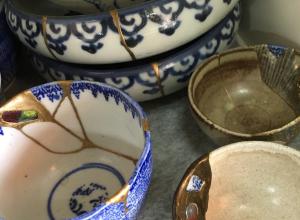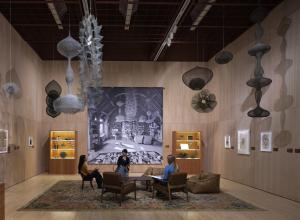While Esther is featured in the art of other countries, it is the 16th century Dutch geopolitical background, along with the subsequent Jewish immigration to Amsterdam, that give rise to the scale and range of her appearances as she evolved into a symbol for the Protestant Dutch nation and their fight for freedom against Catholic Spain.
In 1566, tensions grew between Spain and their Spanish Netherlands territory, resulting in a series of iconoclastic riots that sparked the Eighty Years' War. “Angry Protestants take out their frustrations by removing pictures and sculptures– images from cathedrals– as a symbol of the differences between Catholics and Protestants,” explains Frederick, because Protestants considered the use of images for worship as bordering on idolatry.


![DEl Kathryn Barton [Australian b. 1972] the more than human love , 2025 Acrylic on French linen 78 3/4 x 137 3/4 inches 200 x 350 cm Framed dimensions: 79 7/8 x 139 inches 203 x 353 cm](/sites/default/files/styles/category_card_187x139/public/ab15211bartonthe-more-human-lovelg.jpg?itok=LJbNuU6F)

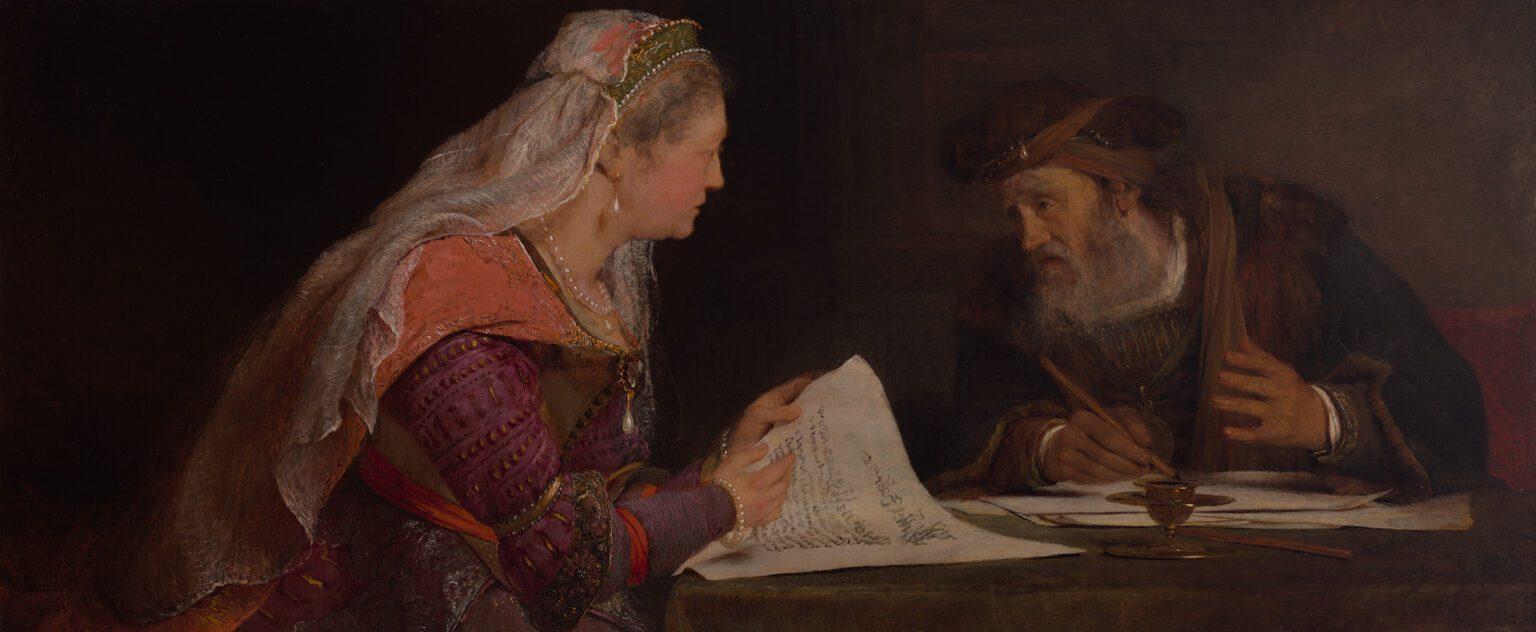
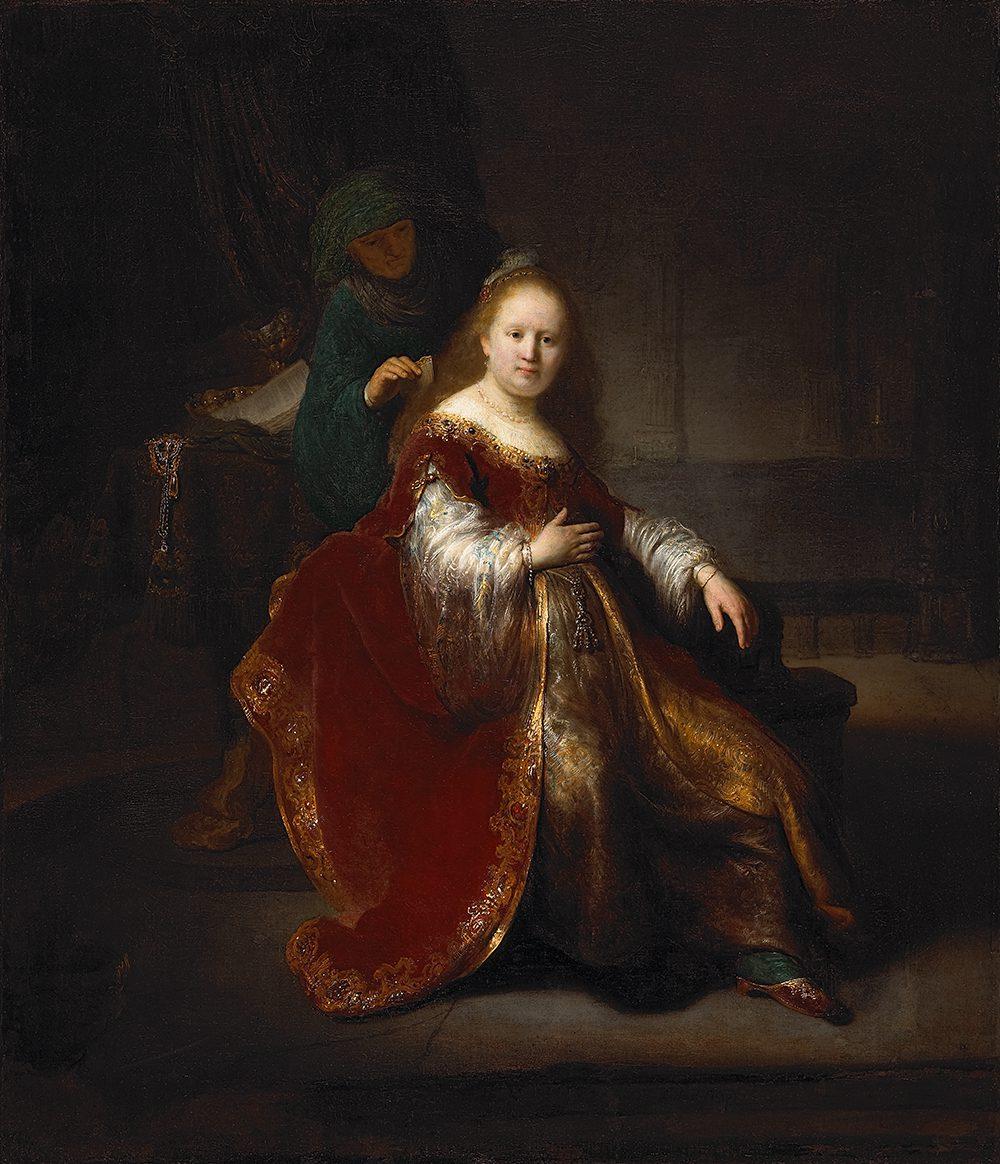
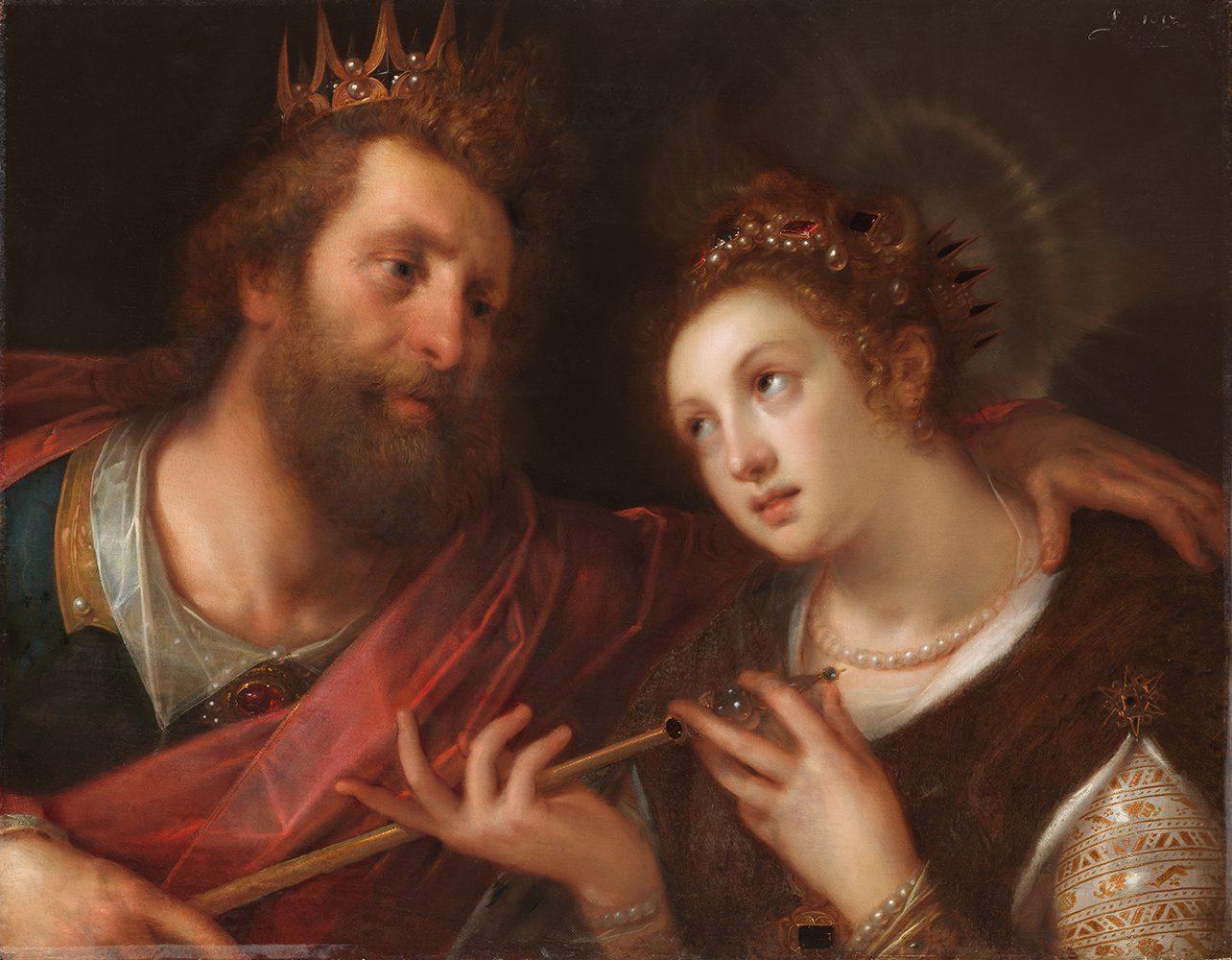
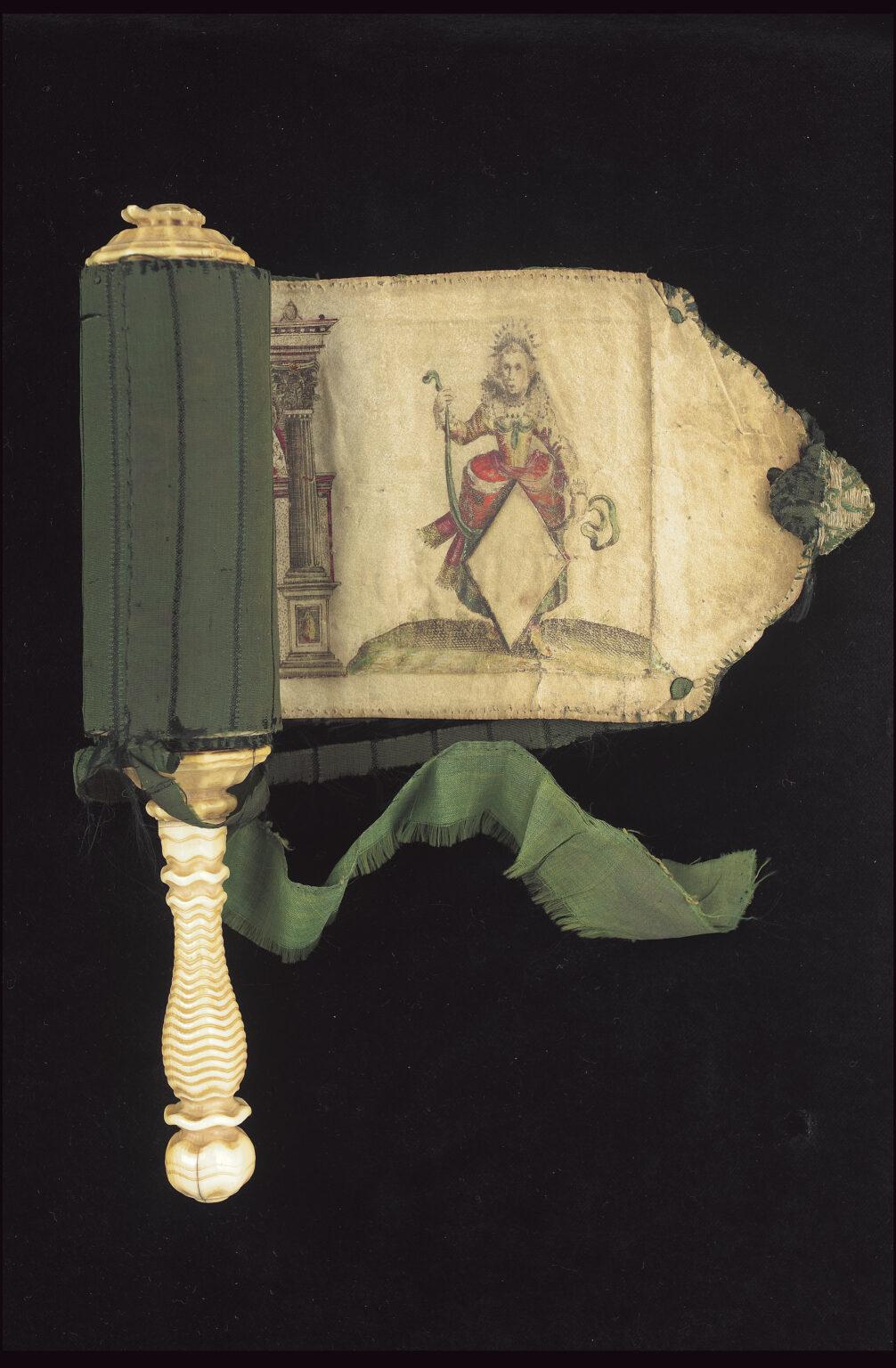

![DEl Kathryn Barton [Australian b. 1972] the more than human love , 2025 Acrylic on French linen 78 3/4 x 137 3/4 inches 200 x 350 cm Framed dimensions: 79 7/8 x 139 inches 203 x 353 cm](/sites/default/files/styles/image_5_column/public/ab15211bartonthe-more-human-lovelg.jpg?itok=wW_Qrve3)
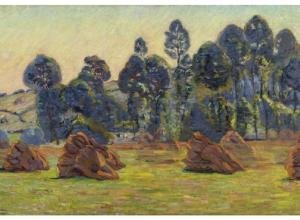
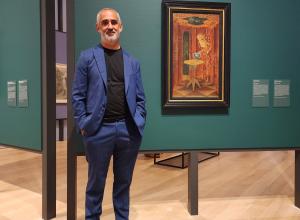
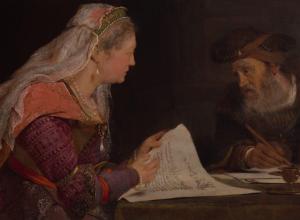
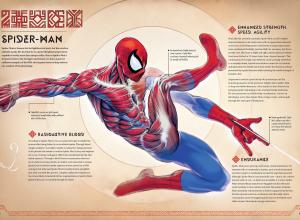
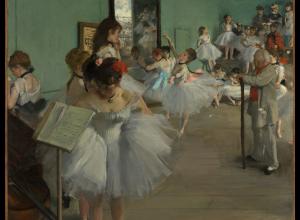








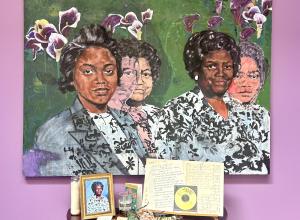

![Merina [Pop Chalee] Lujan, Taos, 1906 – 1993, Yellow Horse, gouache on paper, 13 1/8 x 18 1/8 in. (33.3 x 46 cm.) Estimate: 1,000 – 2,000](https://www.artandobject.com/sites/default/files/styles/image_5_column/public/4630-58.jpg?itok=kBAYkc0u)

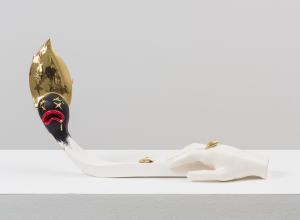

![Ginevra de’ Benci [obverse]. 1474/1478. Leonardo da Vinci. Oil on Panel. Ailsa Mellon Brue Fund, National Gallery of Art.](https://www.artandobject.com/sites/default/files/styles/image_5_column/public/ginevradebenciobverse196761a.jpg?itok=hIzdUTaK)

